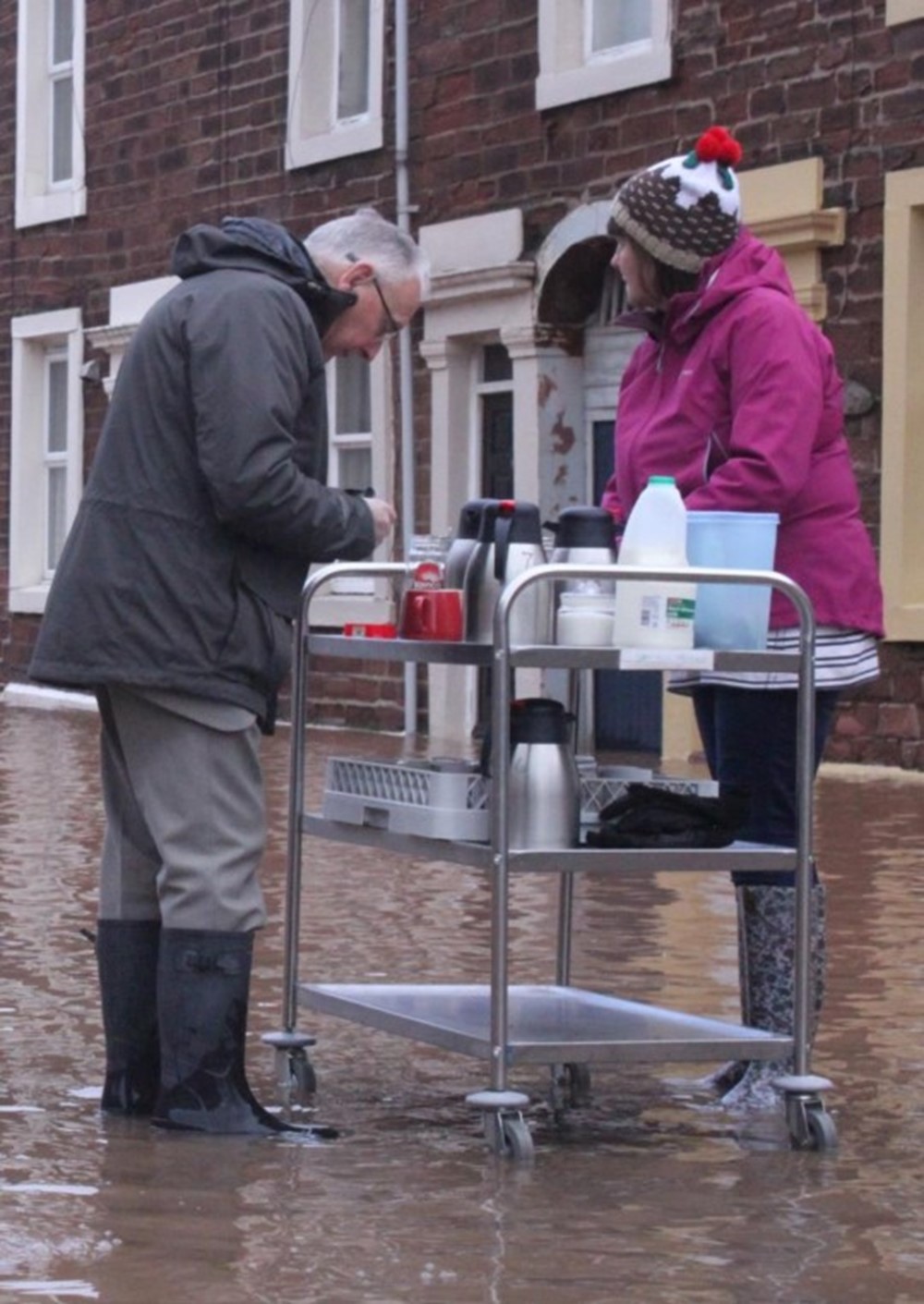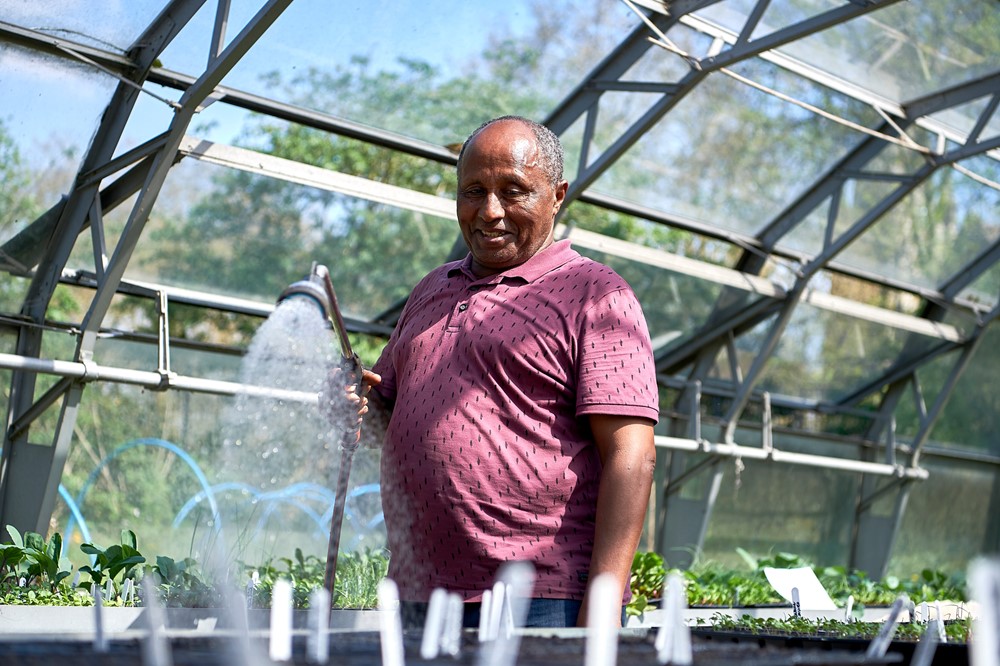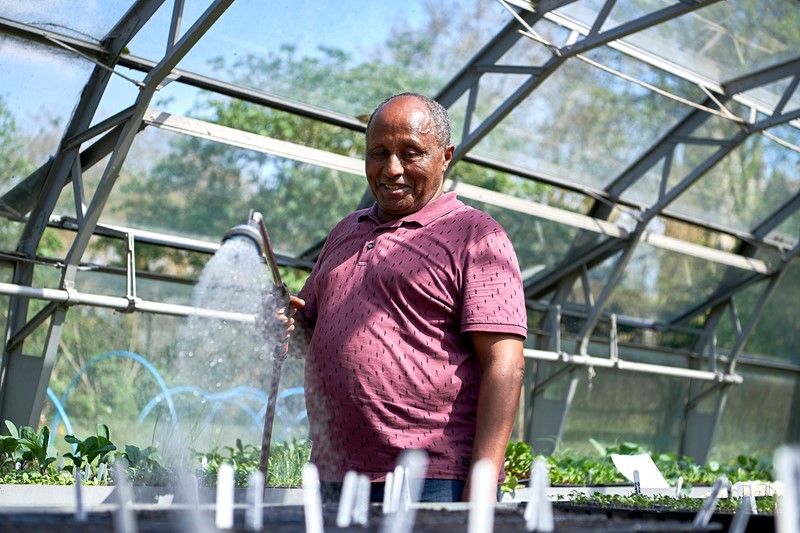Authored by Jo Williams, Director of Membership and Learning at UKCF
At UKCF, we see climate change as a people issue as well as a nature issue. By supporting people-led solutions, we can help communities not only respond to the climate crisis but build long-term resilience that addresses the social and economic challenges magnified by climate events.
Community foundations sit at the heart of their communities, uniquely positioned to advocate for local needs and bring people together to drive change. With deep, trusted relationships across grassroots organisations, local authorities and businesses, we can convene diverse voices and ensure that climate action is shaped by the people it affects most.
Innovation and change are already happening at the grassroots, and we are keen to support this, while advocating for policies that centre around climate and social justice. We believe funders across the grant-making sector need to ensure that the most vulnerable communities – those already facing inequality – are not left behind in the response to climate change.
Here are ten ways funders can take a leadership role in climate justice, turning rhetoric into action:
1. Fund with urgency and equity
Climate action is most effective when funding reaches communities early.
Commit to making climate funding more accessible and simpler in emergencies, ensuring resources are clearly visible to all grassroots organisations in the affected areas you’re supporting. For example, join online groups and forums, and connect with diverse networks around you.
2. Invest in long-term community resilience
Disaster response is vital, but resilience is long term. Support communities to prepare for future climate impacts, from flood defence initiatives to local food systems.

By opening up resources and providing more flexible multi-year funding, funders can give organisations the space and creativity they need to design the most effective resilience that meets local needs.
3. Commit to the Funder Commitment on Climate Change (FCCC)
Funders have a crucial role in tackling the climate crisis and collective action is key. The Funder Commitment on Climate Change (FCCC), launched by Association of Charitable Foundations (ACF), provides a structured framework to embed climate considerations into all areas of funding.
Signing up is a tangible step towards ensuring your organisation takes meaningful, long-term action on climate. You can read their 2025 report here.
4. Apply a climate justice lens across all funding
Climate change intersects with all aspects of society, from economic security and health to social equity. Therefore, funders should embed climate considerations into all grant making.
By adopting a multi-solving approach, funders can focus resources on initiatives that deliver co-benefits: maximising impact, addressing immediate community needs and building long-term climate resilience.

5. Support grantees to integrate climate into their work
Many organisations might not see themselves as working on climate, yet climate change intersects with everything, from health and housing to employment and education.
Funders can help grantees apply a climate lens to their work. For example, connect small groups and charities with ‘climate 101’ workshops and resources that highlight how climate action can deliver benefits to local neighbourhoods.
6. Support participatory and trust-based grant making
Top-down approaches from centralised headquarters tend to fail, often due to the misunderstood contexts of different areas and power imbalances. By engaging communities from the beginning in all planning and decision making, funders can ensure better outcomes and stronger local ownership.

Community foundations are perfectly placed – active in every area of the UK – to channel funding from national funding partners and work with community networks to identify specific needs and local opportunities.
7. Strengthen local data and insights
Many local authorities cite insufficient data as a key barrier to effective climate action. Funders can play a crucial role by partnering with local communities and networks to better understand regional climate risks and the potential impact of targeted interventions.

Community foundations are especially valuable in this effort, as they often provide localised data and insights that highlight funding gaps. By working collaboratively, funders can build a stronger case for investing in climate solutions – particularly in underserved or overlooked areas.
8. Galvanise local philanthropy for climate action
Many people want to support climate solutions but don’t know how. From region to region, climate affects everyone differently. Place-based giving towards climate action enables residents to invest in climate resilience in their own communities.
Start by signposting the incredible grassroots organisations already making a positive difference on people’s doorsteps and get behind their work.
9. Collaborate for a greater impact
Climate action cannot happen in silos. Funders have to work together, pooling resources and sharing best practices, without feeling the need to re-invent the wheel.
There is already a lot happening in climate action that we can learn about and start using in our own practices, so give your team some time to explore and experiment with peers across the sector.
10. Explore more strategic climate support
Climate change is not a one-time crisis. Funders must plan for sustainable investment in local resilience, from supporting green jobs to adapting public spaces.
Enabling longer-term grants, championing community-led development initiatives and exploring more strategic partnerships will help funders to resource communities in the ways they need.

At UKCF, we are embedding climate justice into everything we do – from revisiting the way we operate as a team and how we collaborate with our partners at a national level, to creating a cross-network Green Team that is supporting the approach of community foundations to climate justice at a local level.
But tackling the impact of climate change requires collective leadership. As funders, we must all go beyond our individual pledges and shift our collective power and resources to the communities most affected.
The question isn’t whether to act – it’s how quickly we can do more. If you’re a funder or philanthropist, now is the time to begin. Let’s work together for a future where both people and nature can thrive.
Work with us to support climate justice
If you would like to collaborate with UKCF at a national level to explore ways of supporting community-led climate action, we would love to hear from you.
Discover more

Ten ways funders can lead on climate justice

2025 Quality Accreditation

Legacy: gifting tomorrow

SDGs: The value of local collaboration
UK Community Foundations is a registered charity in England and Wales. Registered company in England and Wales . Registered address: UK Community Foundations, Northgate Business Centre, 38-40 Northgate, Newark, NG24 1EZ. Registered company no. 2651777 | Registered charity no. 1004630. Copyright © 2021 All rights reserved.


